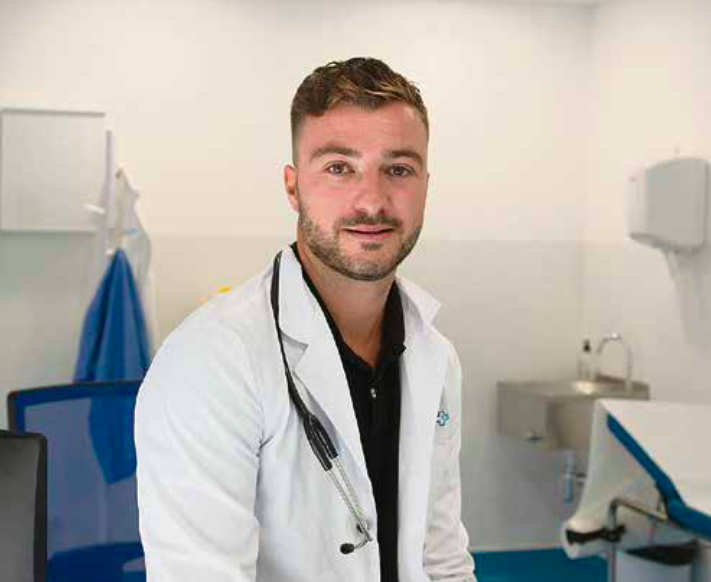

EVKABAL SIROP

Ask a doctor about a prescription for EVKABAL SIROP

How to use EVKABAL SIROP
INSTRUCTIONS for medical use of the medicinal product HEPAVAL®
Composition
active substance: glutathione; 1 vial contains sodium glutathione 643 mg, which is equivalent to 600 mg of glutathione; 1 ampoule of solvent contains 4 ml of water for injections.
Pharmaceutical form
Powder for solution for injection.
Main physical and chemical properties
White hygroscopic powder; clear colorless liquid, odorless.
Pharmacotherapeutic group
Antidotes. ATC code V03A B32.
Pharmacological properties
Pharmacodynamics
Glutathione is a tripeptide that is a natural component of cells of all tissues of the body. Its significant distribution is associated with a wide range of biological functions and has fundamental importance for numerous biochemical and metabolic processes.
The sulfhydryl groups of cysteine that are part of glutathione are powerful nucleophilic agents. In connection with this, they become the main target of electrophilic attack by chemicals or their active metabolites, which leads to the inactivation of potentially toxic exogenous substances. Thus, the drug has a protective effect on vital nucleophilic areas, the attack on which begins the process of cell damage.
In addition, glutathione (GSH), restored as a result of interaction with a large number of oxidized organic metabolites, forms less toxic conjugated compounds, which are further easily metabolized and excreted in the form of mercapturic acids.
Given these properties, glutathione is prescribed in cases of hepatotoxicity reactions, the mechanisms of development of which may be ethyl or medicinal hepatotoxicosis or pathogenetically caused hepatotoxicosis associated with violations of detoxification mechanisms.
Pharmacokinetics
After intravenous administration, glutathione is mainly distributed in erythrocytes, while in plasma it is quickly broken down by gamma-glutamyltranspeptidase and gamma-glutamyl-cyclotransferase. Thus, the plasma level of reduced glutathione (GSH), even after the use of high doses, is insignificant (peak concentration in plasma is approximately 1 nmol/ml 5 minutes after intravenous administration of 600 mg), while the level of cysteine metabolite is higher (peak concentration in plasma is approximately 17 nmol/ml). The concentration in the blood, determined in whole blood, reaches a value of approximately 100 nmol/ml 5-10 minutes after intravenous administration of 600 mg of glutathione. The concentration of the drug in the blood gradually decreases, almost reaching initial values approximately 60 minutes after administration.
Clinical characteristics
Indications
Prevention of neuropathy induced by chemotherapy with cisplatin or other similar substances.
Contraindications
Increased sensitivity to the active substance or to other components of the drug.
Interaction with other medicinal products and other types of interactions
Unknown.
Special warnings and precautions for use
Use during pregnancy or breastfeeding.
Although glutathione did not show any signs of embryotoxicity and fetotoxicity during experimental studies, its use is not recommended for pregnant women and women who are breastfeeding.
Ability to affect the reaction rate when driving vehicles or using other mechanisms.
Glutathione does not affect the ability to drive vehicles or use other mechanisms.
Dosage and administration
In the most severe degree of damage: 600-1200 mg (1-2 vials) per day by intramuscular or slow intravenous administration.
In moderate degree of damage: half of the above dose is used.
Preparation of the drug for administration
In the case of intramuscular administration, the drug must be completely dissolved directly in the vial using the solvent included in the package.
In the case of intravenous administration, the drug must be dissolved in the solvent from the package (water for injection) and administered either by direct slow injection or by infusion after adding the prepared solution to at least 20 ml of sterile infusion solution.
Pediatric population
The possibility of use in children has not been studied.
Overdose
No information is available regarding overdose.
Undesirable effects
In rare cases, the development of nausea, vomiting, headache, as well as skin rashes is possible. These reactions usually disappear after termination of therapy.
Shelf life
3 years.
Storage conditions
Store in the original packaging at a temperature not exceeding 25 °C.
The restored solution is stable for approximately 2 hours during storage at room temperature and for at least 8 hours during storage at a temperature from 0 ° to + 5 ° C.
Store in a place inaccessible to children.
Packaging
Powder for solution for injection 600 mg in vials No. 10 in a set with solvent (water for injection) 4 ml in ampoules No. 10 in a cardboard box.
Release category
By prescription.
Manufacturer
LABORATORIO ITALIANO BIOCHIMICO FARMACEUTICO LISAFARMA S.P.A.
Location of the manufacturer and its address.
VIA LICINIO, 11 – 22036 ERBA (province of Como), Italy.
Applicant
VALARTIN PHARMA LLC.
Location of the applicant.
Ukraine, 08135, Kyiv region, Kyiv-Svyatoshinsky district, village of Chaiky, Grushevskogo street, 60.
- Country of registration
- Active substance
- Prescription requiredNo
- Manufacturer
- This information is for reference only and does not constitute medical advice. Always consult a licensed doctor before taking any medication. Oladoctor is not responsible for medical decisions based on this content.
- Alternatives to EVKABAL SIROPDosage form: syrup, 50 ml or 100 ml in a bottleActive substance: combinationsPrescription not requiredDosage form: powder, 19.55 g in a bottleActive substance: combinationsManufacturer: ТОВ "ТернофармPrescription not requiredDosage form: tablets, 10 tablets in a blisterActive substance: combinationsManufacturer: Гленмарк Фармасьютикалз Лтд.Prescription required
Alternatives to EVKABAL SIROP in other countries
The best alternatives with the same active ingredient and therapeutic effect.
Alternative to EVKABAL SIROP in Spain
Alternative to EVKABAL SIROP in Poland
Online doctors for EVKABAL SIROP
Discuss dosage, side effects, interactions, contraindications, and prescription renewal for EVKABAL SIROP – subject to medical assessment and local rules.














